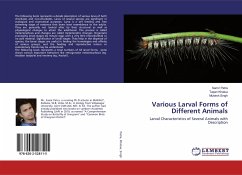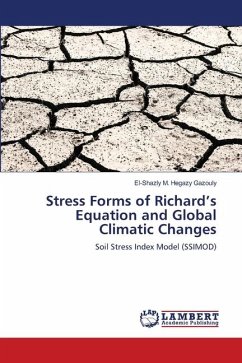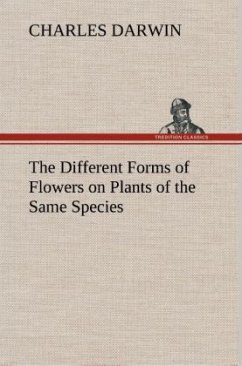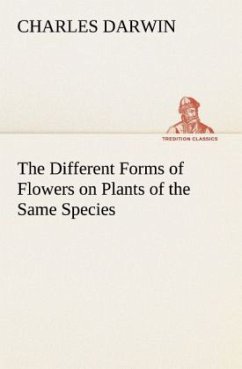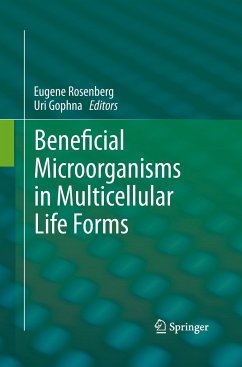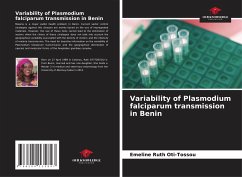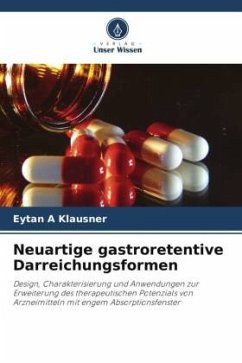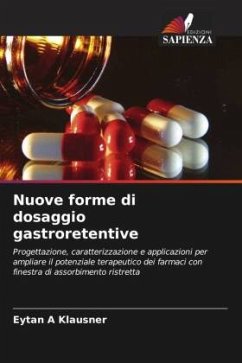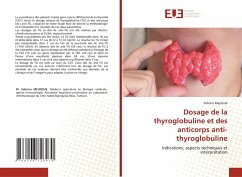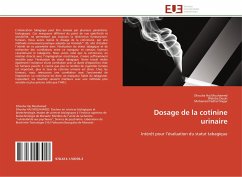
Novel Gastroretentive Dosage Forms
Design, Characterization, and Applications for Broadening the Therapeutic Potential of Narrow Absorption Window Drugs
Versandkostenfrei!
Versandfertig in 6-10 Tagen
39,99 €
inkl. MwSt.

PAYBACK Punkte
20 °P sammeln!
A gastroretentive dosage form (GRDF) is retained in the stomach for an extended time period. Such a dosage form would slowly release narrow absorption window drugs absorbed predominantly in the stomach and small intestine, to their absorption sites. This should enhance bioavailability and reduce adverse effects. Thus, the general objective of this research is to broaden the therapeutic potential of narrow absorption window drugs using novel GRDFs. The outcomes of this work suggest that gastroretentivity of dosage forms can be efficiently prolonged by a combination of extending the dosage form ...
A gastroretentive dosage form (GRDF) is retained in the stomach for an extended time period. Such a dosage form would slowly release narrow absorption window drugs absorbed predominantly in the stomach and small intestine, to their absorption sites. This should enhance bioavailability and reduce adverse effects. Thus, the general objective of this research is to broaden the therapeutic potential of narrow absorption window drugs using novel GRDFs. The outcomes of this work suggest that gastroretentivity of dosage forms can be efficiently prolonged by a combination of extending the dosage form s physical dimensions with the incorporation of rigid constituents. The combination of prolonged gastroretentivity and controlled release kinetics significantly extended the time periods during which the concentrations of model drugs in the blood were considered therapeutic. In addition, this study is the first to demonstrate the ability to enhance the pharmacologic effects of a drug (furosemide) in humans, using a GRDF. This work illustrates the prospective clinical benefits of novel GRDFs used with drugs that have narrow absorption windows.



